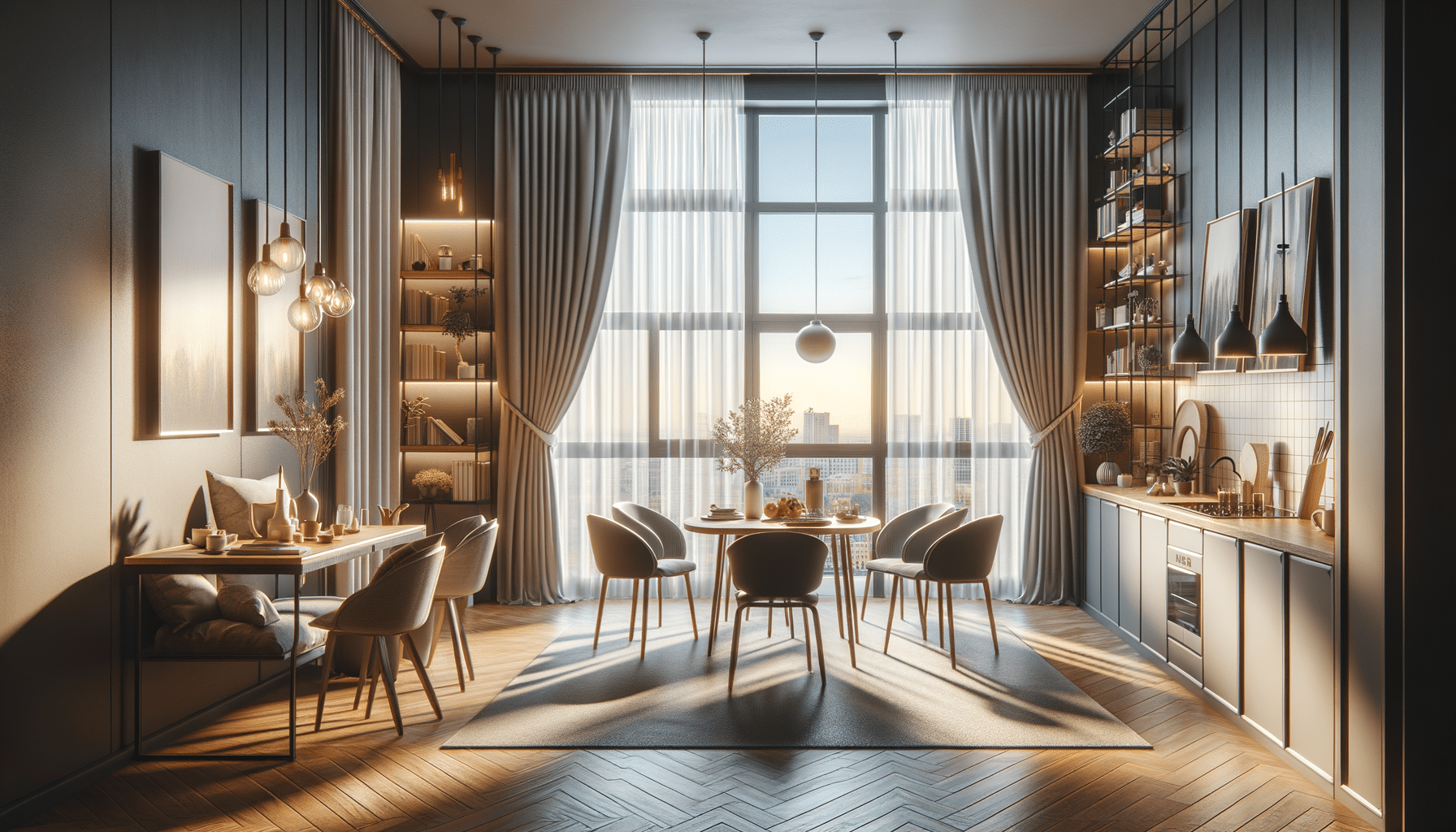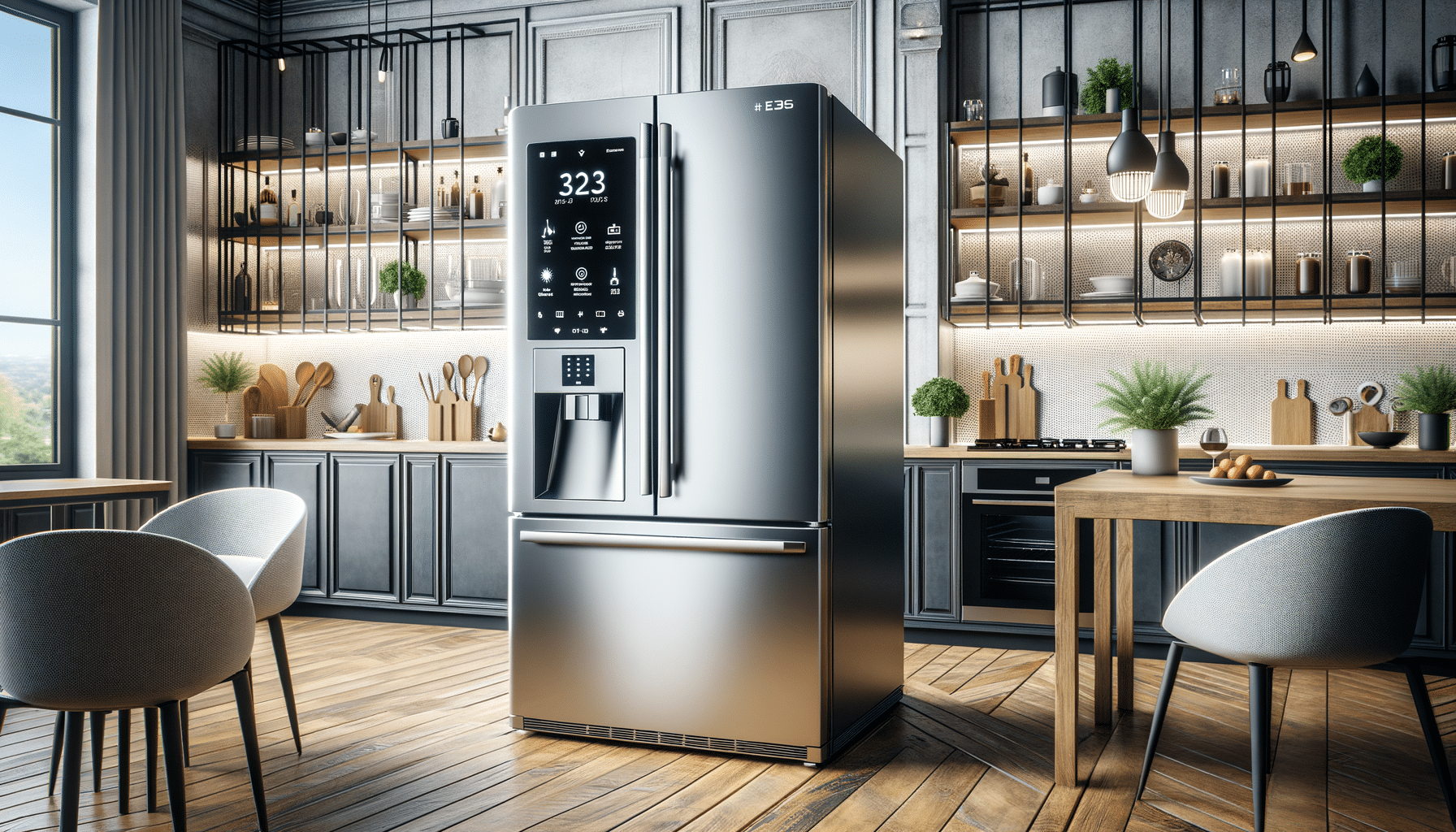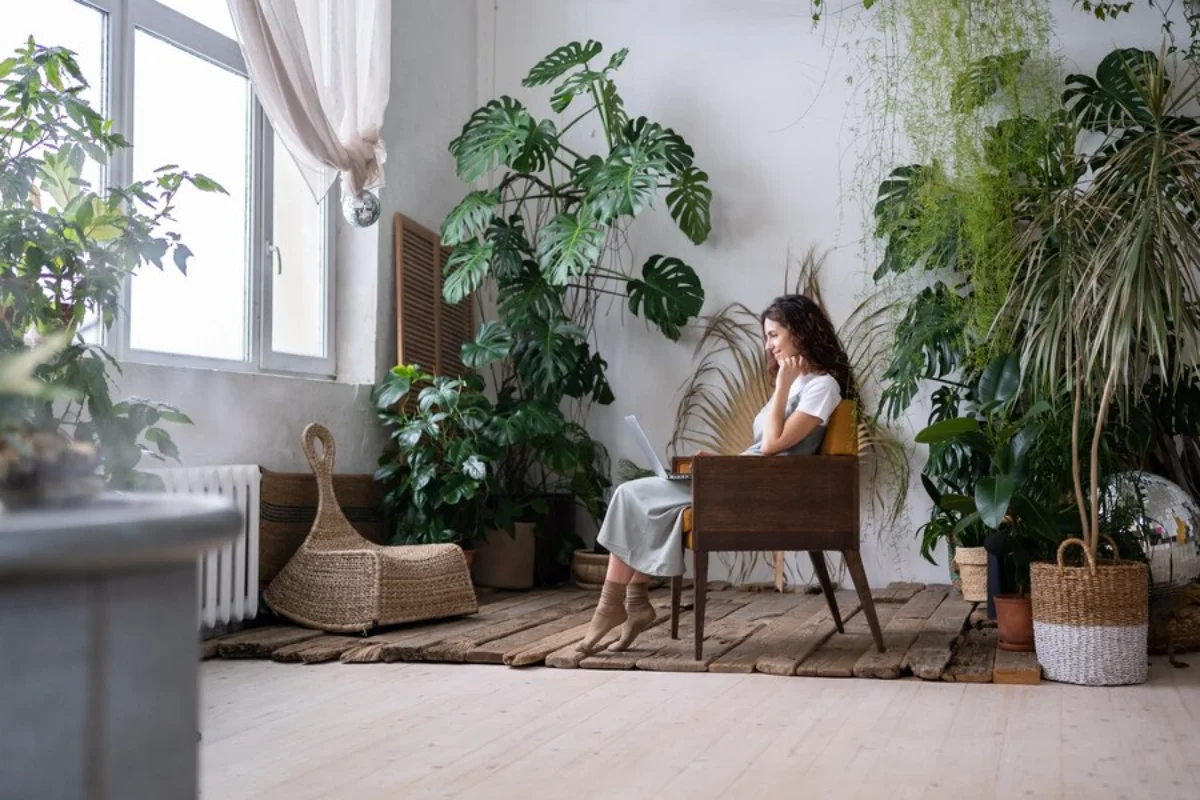
How to Design an Eco-Friendly Minimalist Home
It’s imperative to create a home that balances sustainability and simplicity. Green living weaves together eco-conscious selections with minimalist aesthetics, creating a functional and eco-friendly space. Eco-minimalism is about reducing waste, conserving energy, and creating a serene living space with natural elements.
This guide combines eco-friendly decor with minimalism in your home. It can help you create an elegant and resource—sparing environment.
Pro Tip:
Prioritise quality over quantity—invest in sustainable, durable items that serve multiple functions. This reduces waste and maintains a minimalist aesthetic.
Quick Guide: Designing an Eco-Friendly Minimalist Home
- Use Sustainable Materials – Opt for bamboo, reclaimed wood, and organic fabrics.
- Maximise Energy Efficiency – Install solar panels, LED lighting, and smart thermostats.
- Choose Minimalist, Multi-Functional Furniture – Invest in quality over quantity.
- Incorporate Eco-Friendly Decor – Use indoor plants, low-VOC paints, and upcycled art.
- Reduce Water Consumption – Install low-flow fixtures and collect rainwater.
- Declutter Sustainably – Donate, recycle, and adopt mindful consumption habits.
- Move Toward a Zero-Waste Lifestyle – Compost, buy in bulk, and use refillable containers.
Important:
Eco-friendly minimalism is about intentional living—every choice should align with sustainability, functionality, and aesthetics to create a balanced home.
Principles of Eco-Friendly Minimalism

Before working on design aspects, get a clear idea of eco-minimalism:
- Bigger Isn’t Always Better — Invest in sensible, sustainable wardrobe pieces that can be mixed and matched rather than picking up many random items.
- Sustainable Materials – Choose environmentally friendly, renewable, and non-toxic materials for furnishings and decor.
- Energy Efficiency – Using innovative technology, LED lights and passive solar design.
- Mindful Consumption — Purchase ethically sourced, durable products to reduce environmental footprint.
- Waste Reduction – Reuse, recycle, and upcycle materials as much as possible.
Following these principles makes your home reflect green design while benefiting the planet.
Sustainable Materials for a Green Home
Choosing sustainable materials is vital for an eco-friendly minimalist home. Natural, durable, and recyclable options lower your carbon footprint.
Best Sustainable Materials for Home Design:
- Bamboo – Fast-growing and great for flooring and furniture.
- Reclaimed Wood – Rescues old wood, cutting down on deforestation.
- Recycled Metal & Glass – Used in countertops and fixtures for a modern feel.
- Organic Cotton & Linen – Perfect for eco-friendly upholstery and bedding.
- Cork – A soft, insulating, and biodegradable flooring option.
Using these materials enhances your green home design while keeping it stylish.
Energy-Efficient Home Design
Reducing energy use is crucial for eco-friendly minimalism. Energy-saving strategies can cut your carbon footprint and lower bills.
Energy-Efficient Upgrades:
- Solar Panels – Use renewable energy to power your home.
- LED Lighting – Consumes less energy and lasts longer than regular bulbs.
- Smart Thermostats – Optimize heating and cooling for better efficiency.
- Passive Solar Design – Use natural light to lower artificial lighting needs.
- Energy-Efficient Windows & Insulation – Keep your home comfortable and cut heating and cooling reliance.
These upgrades support sustainable decor and boost comfort.
Minimalist and Sustainable Furniture Choices
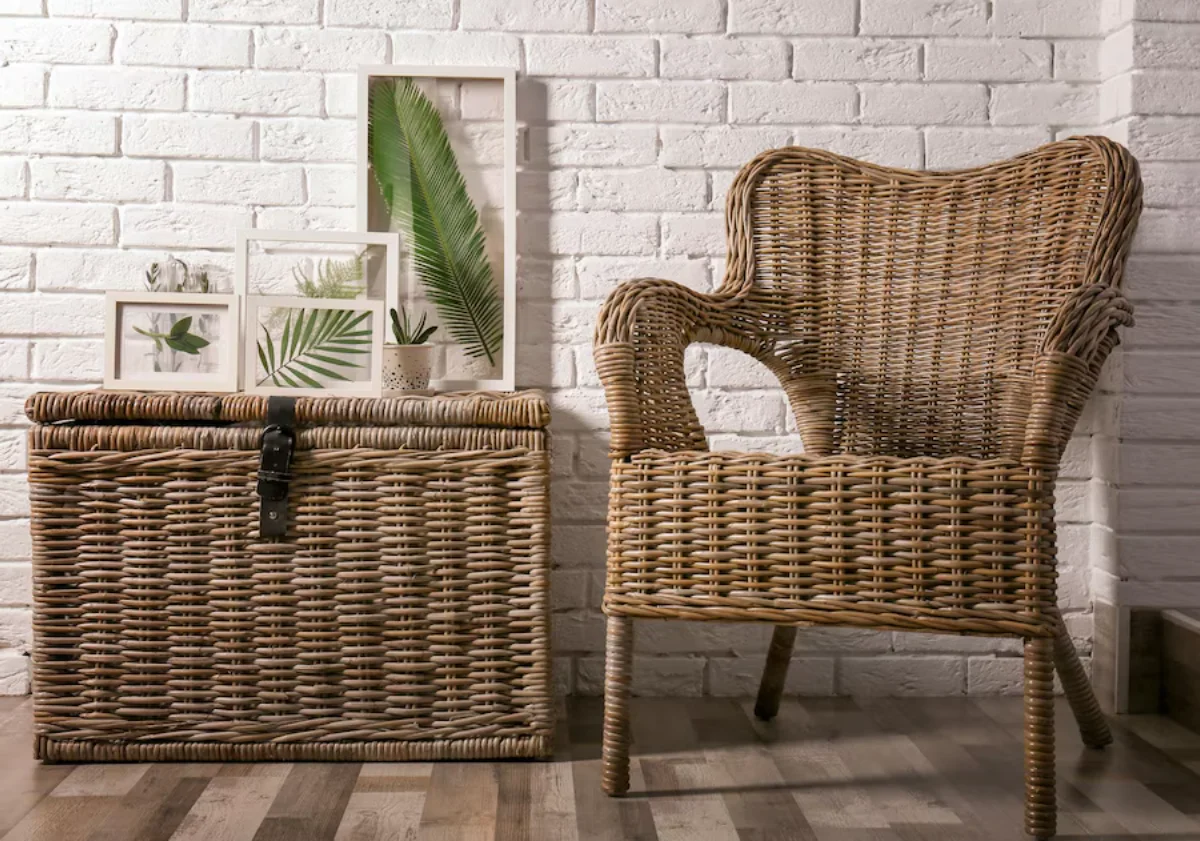
Minimalist furniture means having fewer high-quality, sustainable, and functional pieces to keep your space clutter-free.
How to Choose Sustainable Furniture:
- Buy Second-Hand or Vintage – Extends furniture life and cuts waste.
- Invest in Multi-Functional Pieces – Saves space and reduces the need for extra furniture.
- Look for FSC-certified wood, which ensures responsible forest management.
- Opt for locally made furniture, which lowers carbon emissions from shipping.
Carefully chosen furniture supports eco-friendly minimalism by blending practicality with sustainability.
Sustainable Decor: Enhancing Aesthetic & Functionality
Decor matters in home design but should also meet sustainability standards. Thoughtful, sustainable decor adds charm while being eco-friendly.
Eco-Friendly Decor Ideas:
- Indoor Plants – Clean the air and bring nature indoors.
- Natural Fiber Rugs – Made from jute, wool, or sisal for durability and biodegradability.
- Handmade & Artisan Decor – Supports small businesses and cuts mass production waste.
- Upcycled Art & Accessories – Turn old materials into unique decor.
- Low-VOC Paints – Reduce harmful emissions and improve air quality.
Using sustainable decor makes your space beautiful and eco-conscious.
Water Conservation in Home Design
Reducing water use is another key aspect of green home design. Small changes can significantly impact conservation.
Tips for Water Efficiency:
- Low-Flow Faucets & Showerheads – Cut water use without losing performance.
- Rainwater Harvesting Systems – Collect rainwater for irrigation and household needs.
- Drought-Resistant Landscaping – Use native plants that need less water.
- Greywater Recycling – Reuse water from sinks and showers for plants.
These features help embed sustainability in your home.
Decluttering for a Minimalist, Sustainable Lifestyle
A minimalist home is about more than looks; it’s about cutting excess. Decluttering creates a spacious, peaceful, and eco-friendly environment.
Steps to Declutter Sustainably:
- Donate or Sell Unused Items – Give them a second chance instead of tossing them.
- Adopt a ‘One In, One Out’ Rule – When you buy new, let go of something old.
- Digitize Paper Clutter – Switch to digital documents to reduce waste.
- Use Storage Smartly – Keep only essentials to avoid clutter.
Minimalist living aligns with green home design, making sustainability a lifestyle choice.
Creating a Zero-Waste Home
Reducing waste at home is a linchpin of eco-friendly minimalism. A zero-waste home encourages more mindful practices.
Zero-Waste Living Tips:
- Composting animal pet Organic waste — Reduce landfill destruction and enrich the soil.
- Use Refillable Containers – Avoid single-use plastic by using reusable alternatives.
- By in Bulk – Reduce packaging waste and save money
- Do-It-Yourself Cleaners – Ingredients like vinegar and baking soda can keep your home dirt-free.
Zero-waste living promotes a healthier planet and minimalist values.
FAQs About Eco-Friendly Minimalist Homes
1. What is an eco-friendly minimalist home?
It is a home that combines minimalist design principles with sustainable living, reducing waste and energy consumption while maintaining a clean, functional space.
2. What are the best materials for a sustainable home?
Bamboo, reclaimed wood, recycled glass, organic cotton, and cork are excellent eco-friendly materials for flooring, furniture, and decor.
3. How can I make my home more energy-efficient?
Install solar panels, switch to LED lighting, use smart thermostats, and improve insulation to reduce energy consumption.
4. How do I declutter without creating waste?
Donate, sell, or repurpose items instead of throwing them away. Digitalise paper documents to reduce clutter.
5. What are simple ways to reduce waste at home?
Use composting, refillable containers, bulk shopping, and DIY natural cleaning products to reduce packaging waste and environmental impact.
Designing a Home with Purpose
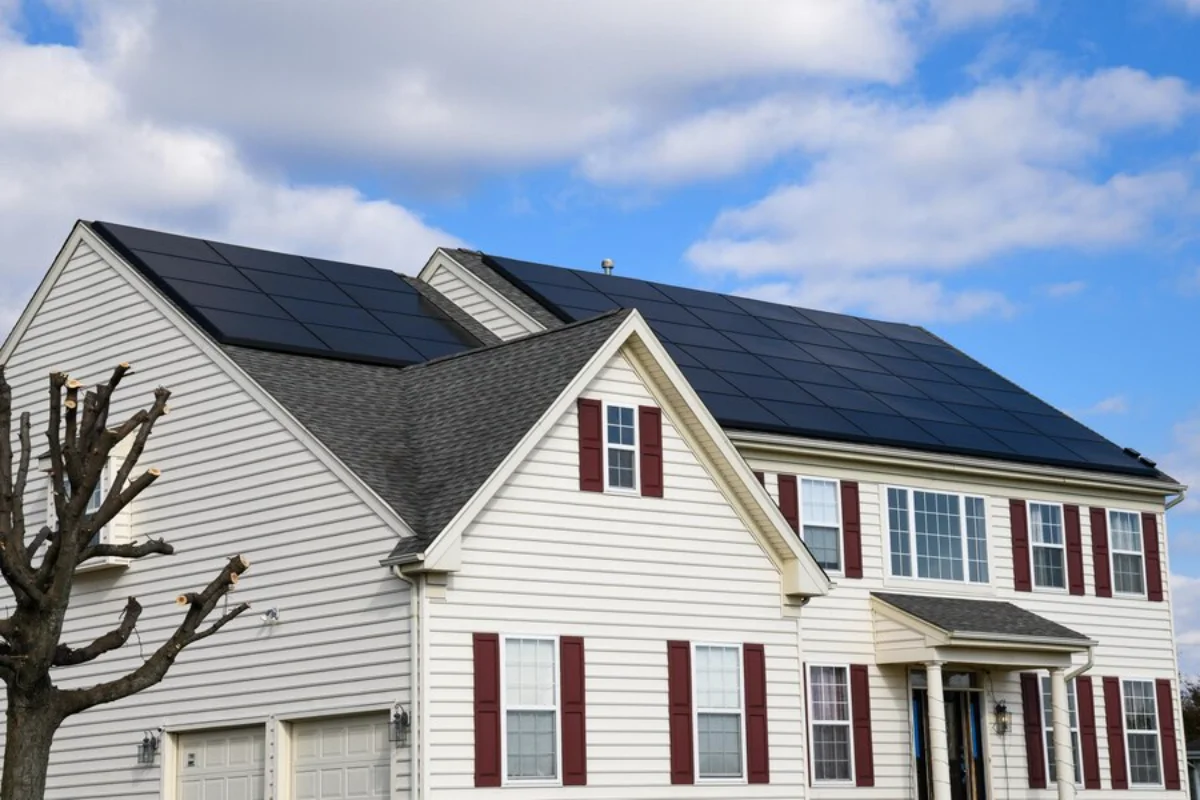
An eco-friendly minimalist home is more than design; it’s about living intentionally and simply. You can design a beautiful, eco-friendly home by choosing green home design and making conscious choices.
Whether through renovation or building, when you embrace eco-friendly minimalism, you ultimately live a more sustainable and meaningful life.
What are your best tips for sustainable design? Let us know in the comments!
